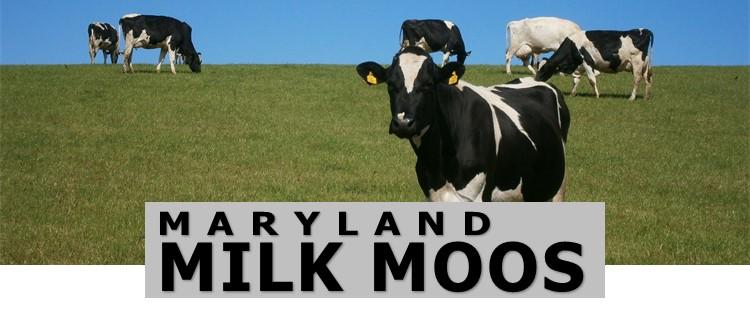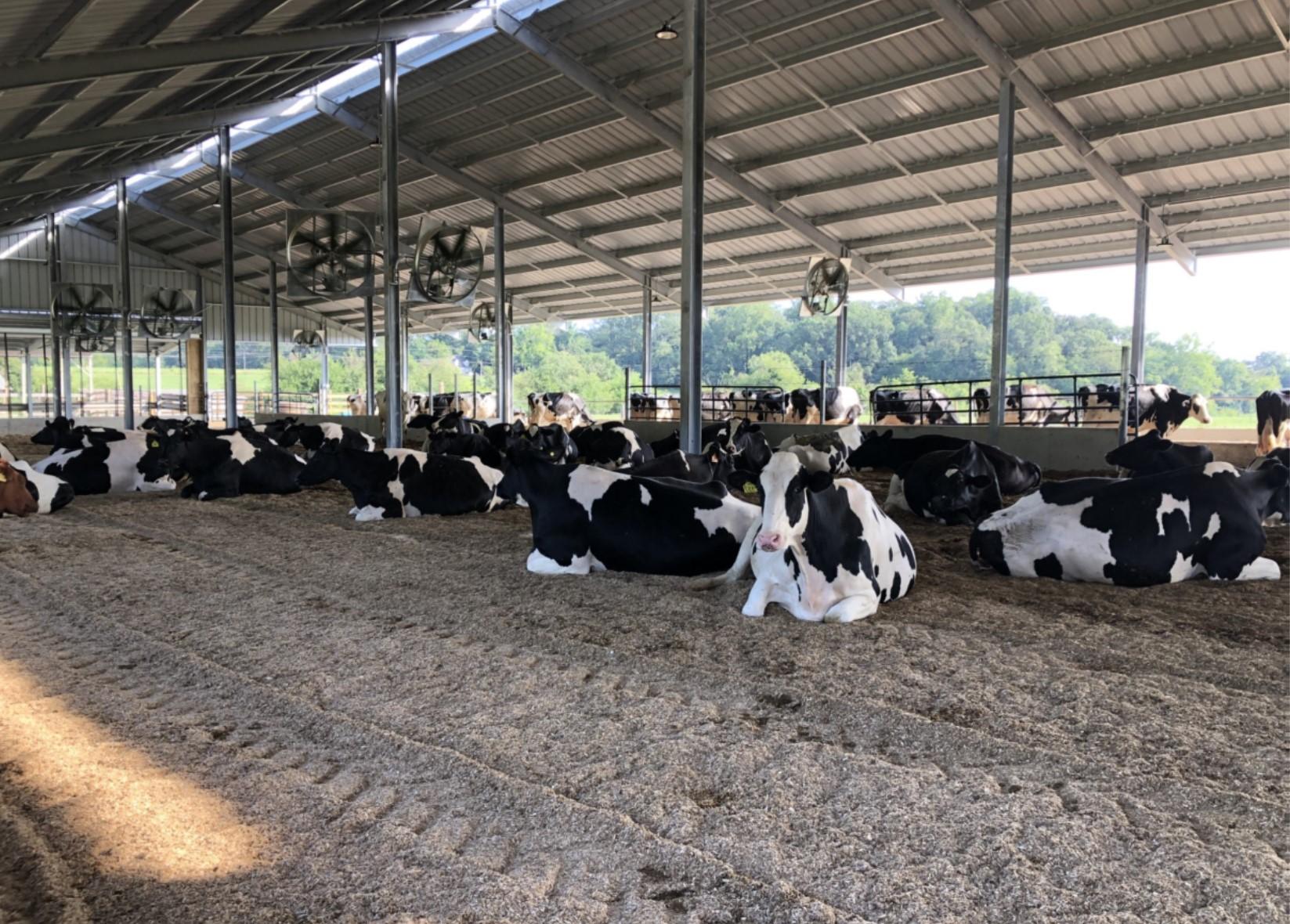
September 22, 2021 | Volume 2, Issue 3
Welcome!
This week has started out with some much-welcomed cooler fall weather. Most producers have finished chopping corn and have started planting winter forages. For optimal starch digestibility, allow the new corn silage harvest to ferment for at least 2-3 months if you can. Regardless, be sure to get a new forage analysis to your nutritionist before you start feeding the new silage. If possible, incorporate the new silage into the ration gradually.
In this issue, we focus on dairy economics, milk replacer requirements of young calves, and updates on the dairy extension team’s recent triticale study. If there is a specific topic that you would like to learn more about in future issues, please contact me (sbpotts@umd.edu; 301-432-2767 ext. 324).
There are some educational opportunities coming up that may be of interest; see page 14 for details. Visit our extension page for additional resources: go.umd.edu/dairyextension.
Best Regards,
Sarah Potts Extension Specialist, Dairy & Beef

By Dale Johnson Extension Specialist, Farm Management
These are difficult days for dairy farmers. After the high milk prices of 2014, prices have plummeted with no significant upturn in sight. Large dairies across the country have captured economies of scale that turn a...Read more
Milk Replacer: Are your calves getting enough?
Sarah Potts, Ph.D. Extension Specialist, Dairy and Beef
Milk replacer was historically developed in order to spare salable milk. However, milk replacer is now valued for its ability to provide a convenient, safe, consistent, and cost-effective source of...Read more


Research Update: Effect of Soil Fertility on Triticale Yield and Quality
By Amanda Grev, Ph.D. Extension Specialist, Pasture & Forages
Dairy farms in particular recognize the value of winter forages like triticale as a high-yielding and high-quality forage crop for livestock. The yield potential for winter forages is largely based on...Read more
Maryland Advanced Grazing Workshop
Date: October 14-15, 2021 | Thursday & Friday
Time: 8:00 a.m. to 5:00 p.m. each day| Location: University of Maryland, Western Maryland Research and Education Center, 18330 Keedysville Road, Keedysville, MD 21756
Cost:
General Admission: Thursday Only (10-14-2021) $100
General Admission: Friday Only (10-15-2021) $100
Full Workshop (Both Days Thursday & Friday, Oct 14-15) $150
Description: This advanced grazing workshop will dive deeper into the principles behind grazing practices and increasing farm profitability, giving you the tools and insights you need to improve your business. Topics: Cattlemen vs. Grassmen, Evaluating Ecological Processes, Cell Grazing Principles, Grazing Cell Design, Econ-omics or Eco-nomics, Three Secrets for Increasing Profit, Crunching the Numbers, What do the Numbers Mean?, Wealthy on the Balance Sheet but Broke at the Bank.
This workshop will be taught by Dallas Mount, one of the experts on the Ranching for Profit team. The workshop will feature a small group approach with team and class discussions, case studies, videos, and participant interaction.
For more information or to register
Events & Announcements
- Maryland Beef Webinar Series: Cattle Nutrition 101 - October 7, 2021, 7:30 pm
- Maryland Advanced Grazing Workshop - October 14-15, 2021 from 8am-5pm each day at the Western Maryland Research Education Center, Keedysville, MD
- Women in Agriculture Webinar: Managing Your Finances Resiliently - October 27, 2021, 12 pm
- Women in Agriculture Webinar: Wildlife Management on the Farm - November 10, 2021, 12 pm
- Women in Agriculture Webinar: Helping Farmers to be Good Neighbors - December 8, 2021, 12 pm
Maryland Milk Moos is a quarterly newsletter published by the University of Maryland Extension that is focused on dairy topics related to Nutrition and Production, Herd Management, and Forage Production. To view previous editions click here...
Comments and suggestions regarding the newsletter are always welcome. References to commercial products or trade names are made with the understanding that no discrimination is intended and no endorsement by the University of Maryland Extension is implied. Articles and photographs may be reprinted with permission.
Want to subscribe? Click the button and enter your contact information.